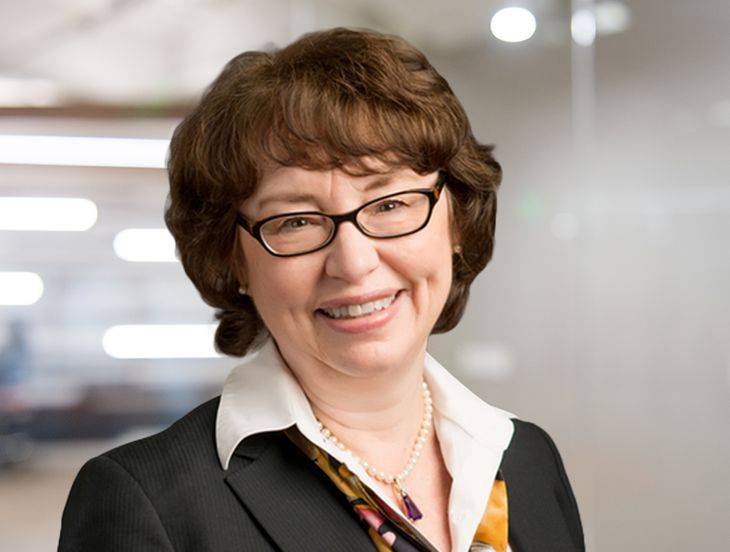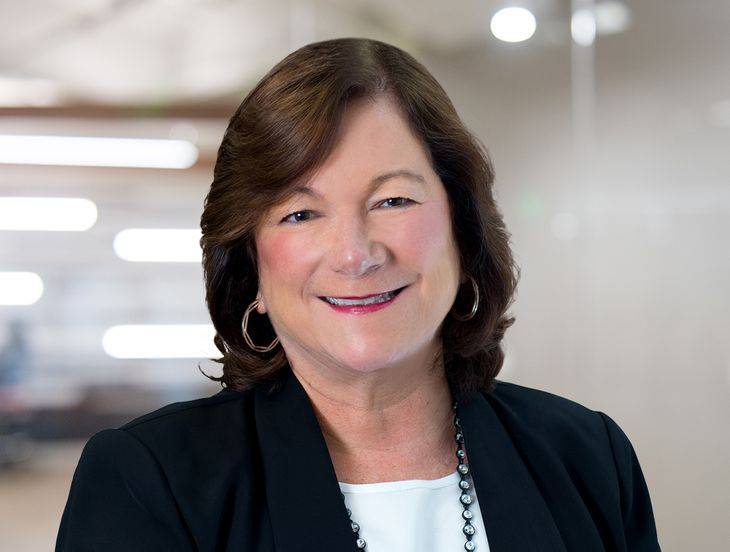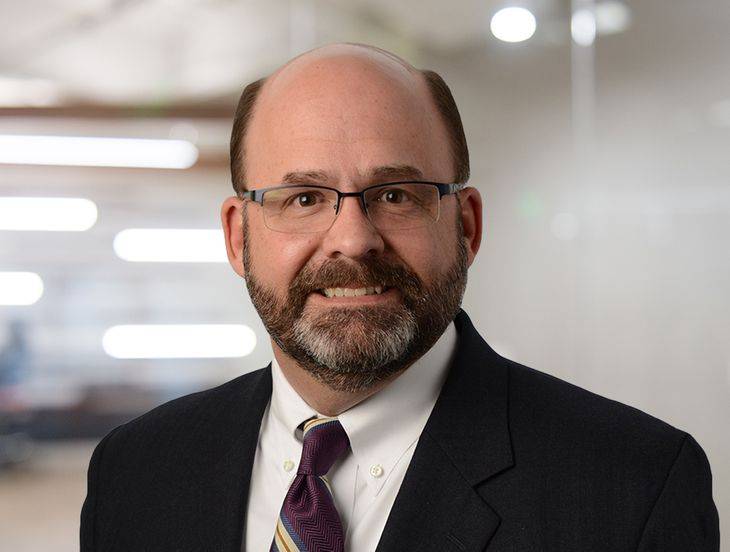New Leader at the Labor Department: What Employers Need to Know About Julie Su
Insights
3.09.23
President Biden announced last week that he wants Julie Su to join his Cabinet as Secretary of the U.S. Department of Labor, elevating her from the number two role of Deputy – but what do employers need to know about the March 1 nomination? Obviously, the news is significant for the employment community given that the head of the Labor Department wields tremendous influence over the nation’s workplace policy. So what’s the upshot for curious employers? If Su is confirmed as expected, you can assume we’ll see a seamless transition from current Secretary Marty Walsh and a continued emphasis at the department on worker-centered policy moves.
The Basics: What Does The USDOL Do?
The Secretary of Labor is a Cabinet-level position heading the U.S. Department of Labor (DOL), one of the federal agencies that has the widest and deepest impact on employers across the country. The agency impacts the inner workings of the American workplace on a daily basis. It enforces laws involving employers and unions, and more importantly, develops binding regulations and directives for a variety of workplace laws. It encompasses over 30 agencies, boards, offices, and programs that each have a specialized role when it comes to labor and employment law.
The three most commonly known agencies and offices within the DOL are the Wage and Hour Division (WHD), the Occupational Safety and Health Administration (OSHA), and the Office of Federal Contract Compliance Programs (OFCCP). However, the DOL also has a role to play with respect to family leave, joint employment, independent contractor classification, the gig economy, pay equity, and immigration law.
Who is Julie Su?
Julie Su is no stranger to labor and employment law matters. In fact, she had a long history in the field even before she joined the DOL as Deputy Secretary of Labor. In her current role — which she was appointed to by President Biden in 2021 — Su oversees the DOL’s day-to-day operation and fills in for the Secretary when needed. If confirmed, Su will replace Secretary Walsh, who recently announced he would be leaving the department in mid-March to take on a role as executive director for the NHL Players' Association.
Prior to joining the department, Su served as an official in California in several roles under former Governor Jerry Brown and current Governor Gavin Newsom. She spent time as the state’s Labor Commissioner and more recently as the head of the California Labor and Workforce Development Agency.
Earlier in her career, she worked as a civil rights attorney with the Asian Pacific American Legal Center and litigation director for Asian Americans Advancing Justice – Los Angeles. She was born in Wisconsin, is the daughter of Chinese immigrants, speaks Mandarin and Spanish, and earned degrees from Stanford University and Harvard Law School.
Notably, President Biden vowed to have the most diversity Cabinet in U.S. history. And Su is slated to be his first Asian American appointee to the role of Secretary, though Vice President Kamala Harris, who is also a Cabinet member, is Asian American.
Su still must be confirmed by the Senate, and Biden asked the lawmakers to “take up this nomination quickly.” She was confirmed into her current role in a 50-47 vote and is expected to be confirmed again, as Democrats still maintain a slight majority.
Wage and Hour Law
Employers have been anticipating a new federal overtime rule from the DOL for some time – and we can expect Secretary Su to continue working to make this happen. The department had planned to propose a rule last year to raise the exempt salary threshold under the Fair Labor Standards Act (FLSA), but the proposal is still pending. Under Su’s leadership, the DOL will likely try to increase the salary threshold from the current rate of $684 a week to somewhere around $900-$1,000 a week. You can read more about how to prepare for this impending change here.
Independent Contractors and Classification
You should also be on the lookout for changes to the DOL’s independent contractor test. As more people embrace gig work, misclassification of independent contractors remains a significant risk for employers, and many business groups have argued that current employee-independent contractor models do not fit the 21st-century workforce. During her tenure in California, Su was a proponent of AB5, a law that made it more difficult for employers in the state to classify workers as independent contractors. At the federal level, we’ve already seen a push from the Biden administration to rescind flexible independent contractor rules and return to an outdated standard that doesn’t fit many roles in our gig-focused economy. Under Walsh’s leadership, the agency proposed a new rule in October 2022 that would see any business retaining independent contractors as part of their workforce have a harder time maintaining their business model.
The agency accepted comments on its proposed rule from the public through mid-December, and will soon publish a revised rule as the new law of the land. We had expected that to occur in the first quarter of 2023, but the Walsh-Su transition might delay this process by a few months.
Workplace Safety
We can expect two major developments under Secretary Su in the coming months: OSHA will release a COVID-specific rule to address the virus in the healthcare setting, and the agency will issue a broader infectious disease regulation that will apply to all workplaces. Healthcare employers will be required to tackle a great deal of compliance work in terms of preventive care and responding to outbreaks, while all employers will need to stay up to speed on workplace safety for the foreseeable future.
Moreover, you can expect OSHA to ramp up workplace inspections under Su’s leadership, particularly since the agency recently cast a wider net to include even more workplaces in its enhanced safety inspection program known as the “Severe Violator Enforcement Program” or SVEP. Compliance is more important than ever given OSHA’s increased penalties and the agency’s plan to allow union leaders to accompany safety inspectors when they walk through your workplace – even if you have a non-unionized environment.
We’ve developed a six-step plan you should consider to make sure your organization is in the best possible position given this new focus. And if you still feel like you’re behind the curve, you should read part one of our “Focus 4” series containing threshold tips for surviving an OSHA inspection – and make sure you are subscribed to our Insight system to catch the next three.
Joint Employment
Secretary Walsh saw to it that the Trump-era joint employer rule that made it harder for employees to prove joint employment for the purposes of wage litigation was scrapped very early in his tenure, and a federal court put the final nail in that coffin in 2021. We have expected the agency to follow up and develop a replacement rule that brings the standard squarely back into Obama-era territory. To date that hasn’t happened, but we expect things to get a kickstart under Su’s tenure.
We expect to see the new rule, which should be issued sometime in 2023, place organizations engaged in multi-participant arrangements — such as outside-party management, joint ventures, staffing services, employee leasing, temporary help, subcontracting, certain kinds of “job sharing,” and dedicated vendors or suppliers —directly in the agency’s crosshairs. The DOL will aim to put as many of them as possible on the hook for any alleged wage and hour violations filed under federal wage and hour law.
Pay Equity and Affirmative Action
President Biden called Secretary Su a “champion of workers,” and we expect her to focus on pay equity and transparency for women, low-wage earners, and under-represented groups. Notably, Su co-founded California’s Pay Equity Task Force during Governor Jerry Brown’s administration. The task force was formed to focus on compliance after the state’s Fair Pay Act took effect.
Although we anticipate pay equity activity to primarily take place at the state level, we can expect Secretary Su to follow in Walsh’s footsteps by implementing strategies to try to close the pay gap at the national level. Employers can expect more investigations into pay disparities, as well as enforcement actions against federal contractors. Additionally, we can expect federal contractors to continue seeing a focus on diversity, equity, and inclusion from the Office of Federal Contract Compliance Programs (OFCCP).
Secretary Su may also advocate for the Equal Employment Opportunity Commission (EEOC) to reinstitute the federal EEO-1 “Component 2” reports that briefly required employers to collect and turn over pay data and hours worked information to the government. While there are lots of rumors about a revived EEO-1 Component 2 requirement, nothing concrete has developed – yet. You can read more about the infamous pay data reporting requirement here.
Conclusion
We’ll make sure to track and report on all the significant developments at the USDOL, so make sure you are subscribed to Fisher Phillips’ Insight System to get the most up-to-date information direct to your inbox. If you have questions, contact your Fisher Phillips attorney or the authors of this Insight.
Related People
-
- Cheryl L. Behymer
- Senior Counsel
-
- Kathleen McLeod Caminiti
- Partner and Co-Chair, Wage and Hour Practice Group
-
- Todd B. Logsdon
- Partner
-
- Travis W. Vance
- Regional Managing Partner



